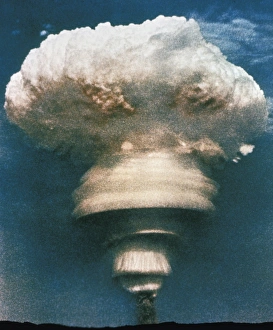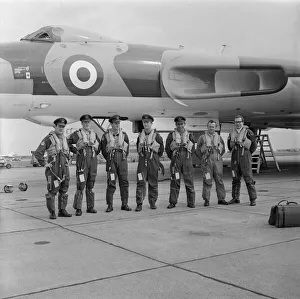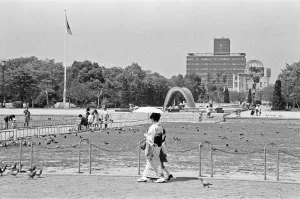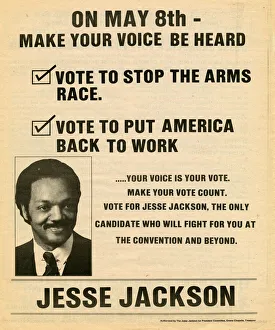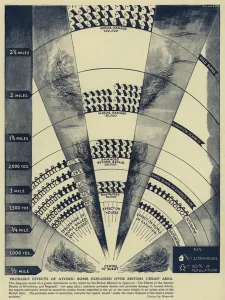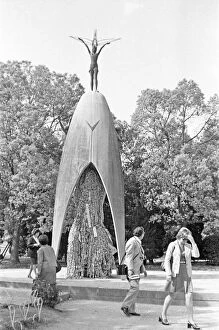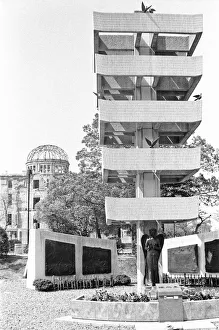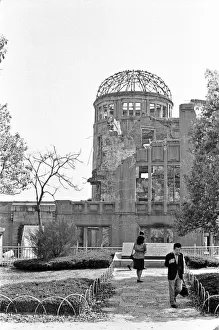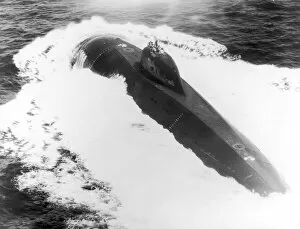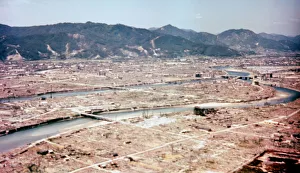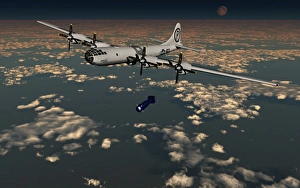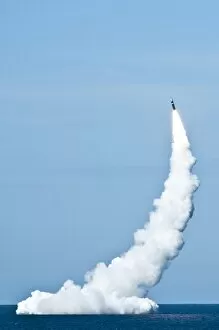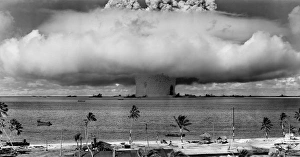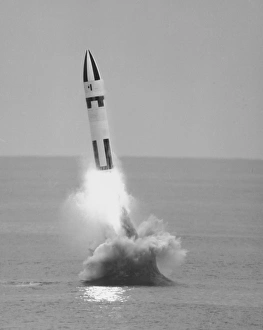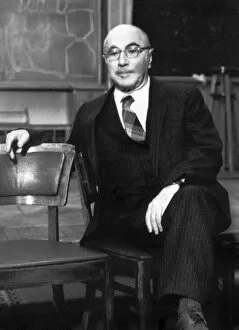Nuclear Weapons Collection
"Nuclear Weapons: A Legacy of Destruction and Controversy" On June 17, 1967, China made a resounding statement as it exploded its first hydrogen bomb
All Professionally Made to Order for Quick Shipping
"Nuclear Weapons: A Legacy of Destruction and Controversy" On June 17, 1967, China made a resounding statement as it exploded its first hydrogen bomb. The world watched in awe and apprehension, realizing the immense power that these weapons possessed. Meanwhile, at RAF Scampton, the brave members of the 617 Squadron prepared to depart for Goose Bay in Canada, their mission shrouded in secrecy. The devastating impact was tragically demonstrated when the United States detonated two atomic bombs over Hiroshima and Nagasaki during World War II. The Peace Memorial Park stands today as a solemn reminder of those fateful days in August 1945 when countless lives were lost and entire cities were reduced to rubble. In London on September 10th, 1961, thousands gathered for the CND Ban the Bomb Demonstration. People from all walks of life united against these destructive forces that threatened humanity's very existence. It was a powerful display of solidarity and determination to create a safer world. Decades later, during Jesse Jackson's presidential campaign in 1984, an unknown creator designed a newspaper insert advocating for peace instead of warheads. This simple yet poignant message resonated with many who yearned for global disarmament. The predicted effects depicted by lithographs showcasing an atomic bomb exploding over British urban areas served as chilling reminders of what could be unleashed if diplomacy failed us. Similarly haunting are aerial views capturing Hiroshima's devastation after being targeted by America's first atomic bomb drop on August 6th and subsequent bombings during World War II. Not only did nations like China and America possess this destructive capability; on August 12th, 1953, the Soviet Union conducted its first thermonuclear weapon test known as Joe-4. The RDS-6s device marked another milestone in mankind's ability to unleash unimaginable destruction upon itself. Yet amidst this dark history lies stories of resilience and survival.

